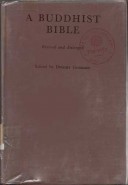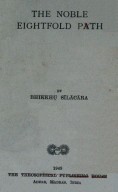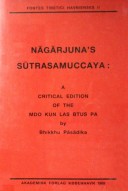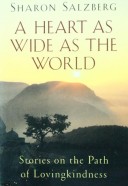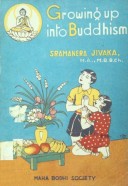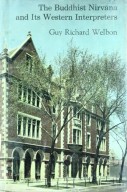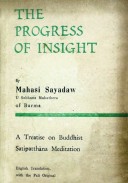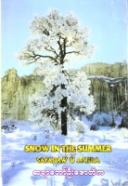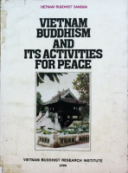Tìm Sách
Sách tiếng Anh-English >> A Buddhist Bible
Thông tin tra cứu
- Tên sách : A Buddhist Bible
- Tác giả : Dwight Goddard
- Dịch giả :
- Ngôn ngữ : Anh
- Số trang : 677
- Nhà xuất bản : E.P. Dutton & Co., Inc. New York
- Năm xuất bản : 1952
- Phân loại : Sách tiếng Anh-English
- MCB : 1201000000347
- OPAC :
- Tóm tắt :
A BUDDHIST BIBLE
Revised and Enlarge
Edited by Dwight Goddard
E.D DUTTON & CO. INC
New York– 1952
PREFACE
The first edition of this Buddhist Bible was published in 1932. When the need of a new edition became evident, it was decided to enlarge it so as to include other Scriptures of like importance so as to make it more comprehensive. This involved making a number of new translations for which we are indebted to Bhikshu Wai-tao. We are also indebted and are very grateful to a number of other Buddhist Scholars for permission to use their translations, as note in the Appendix.
The compiling of a Buddhist Bible a very difference matter from compiling the Christian Bible. In the first place, there is no Hierarchy or Ecclesiastic Council to pass upon the authenticity of different scriptures, and as to their canonicity. In the second place, Christian Scripture are closed system of doctrines and are to be accepted in faith. Buddhism, on the contrary, is look upon as a growing organism whose scriptures are of many kinds as the organism has developed under different racial, temporal and cultural conditions. As disciples follow the Buddha`s Noble Path and practice Dyane concentration and intuitive meditation they have an unfolding experience of spiritual insight and grace which one of them may describe and elucidate. Some of these experiences are of highest value, some of less value. Some are concerned with the Dharma, some have to do with the rules of the Brotherhood, some are philosophical, some psychological, some are commentaries on commentaries. In the third place, there is the difference of quantity. In the Christian Bible there are sixty-six tiles. Buddhist scriptures number over ten thousand, only a fraction of which have thus far been translated. In the Sung Dynasty about 972 AD a Chinese version of these scriptures was published consisting of 1521 works, in more than 5000 volumes, covering 130,000 page.
The theme of this Buddhist Bible is designed to show the unreality of all conceptions of a personal ago. Its purpose is to awaken faith in Buddha hood as being one `s true self-nature; to kindle aspiration to realize one`s true Buddha- nature; to energize effort to follow the Noble Path, to become Buddha. The true response to the appeal of this Buddhist Bible is not in outward activities, but in self-yielding, becoming a clear channel for Buddha hood `s in drawing compassion, that all sentient being may become emancipated, enlightened and brought to Buddha hood.
CONTENTS
Preface
SELECTION FROM PALI SUORGES
The historic Buddha, Narasu
The Word of the Buddha, Nyanatiloka
Tevigga Sutra, Rhys – Davids
118 th Discourse, Chao Kung
SELETIONS FROM SANKRIT SOURCES
Maha – Prajna- Paramita – Hridaya, Goddard
The Diamond Sutra, Wai-tao
The Surangama Sutra, Wai-tao
Lankavatara Scripture, Suzuki and Goddard
The Awakening of Faith, Wai-tao
SELETIONS FROM CHINESE SOURCES
Tao-the-king, Wai-tao
Dhyana for Beginners, Wai-tao
Sutra Spoken by the Sixth Patriarch, Wong Mou-lam
SELECTIONS FROM TIBETAN SOURCES
The life and Hymns of Milarepa, Evans- Wentz
The Supreme Path, Evans-Wentz
SELECTIONS FROM MODERN SOUCES
Homeless Brothers, Yamabe
Practicing the seventh Stage, Goddard
SUMARY OF BUDDHA ` S DHARMA
APPENDIX
 Facebook
Facebook
 Google
Google
 Google+
Google+
